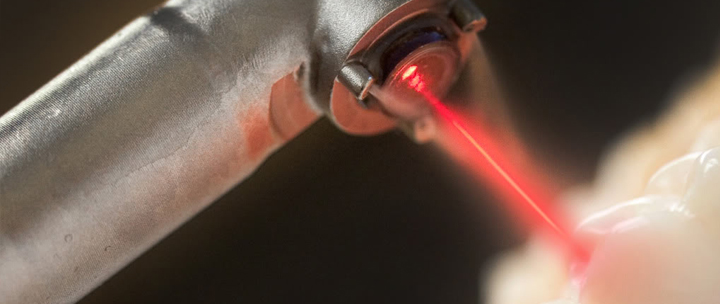Good dental health can have a positive impact on quality of life and help prevent health problems. Many people tend to ignore oral hygiene, which leads to complications like tooth decay, gum decay, and damage. However, with technological advancements, root canal treatment has become a boon, and it can now treat tooth infections instantly. When you decide to opt for root canal treatment, there is always a dilemma that will play in your mind about the type of root canal treatment that you should choose. The choice is between traditional versus laser root canal treatment. With the help of advice from the dentist, you can make a wise decision.
What is laser-assisted root canal treatment?
This modern and minimally invasive treatment is used to treat teeth and damaged roots. Dentists generally use laser technology to remove the infected tissue. Once the tissue has been removed, they will sanitise the root canal and help with the healing process. With the help of laser technology, dentists can remove the infected tissue precisely. Laser root canal treatment thus helps the dentist to preserve the natural tooth structure. Moreover, this is a safer and quicker solution than traditional root canal treatments.
Why is laser-assisted root canal treatment important?
The dentist generally opts for laser tooth canal treatment if the tooth’s nerve and blood supply get infected. Injuries, decay and gum diseases cause this. When a patient leaves these problems untreated for a long time, it leads to swelling and severe pain, which can finally result in tooth loss.
With laser RCT, the dentist precisely removes the infected tissue and seals the opening. Moreover, it is a minimally invasive process, and the risk of recurrence is very low. With laser energy, the dentist seals the nerve endings.
Differences between laser and traditional RCT
LARCT uses laser technology to remove the infected tissue and sterilise the root canal. Conventional RCT relies on manual instruments and irrigation methods to remove infected tissue.
LARCT is minimally invasive and quick, so patients feel less pain and discomfort during the procedure. On the other hand, traditional RCT is time-consuming and may prove uncomfortable for patients.
LARCT helps preserve the natural tooth structure because only the infected tissue is removed with the help of a laser. On the other hand, the traditional method involves extensive cutting and drilling to remove the infected tissue.
Are you planning a root canal therapy? Book your appointment with Avant Dental and get advice on the type of RCT you should avail yourself of for your damaged tooth.


